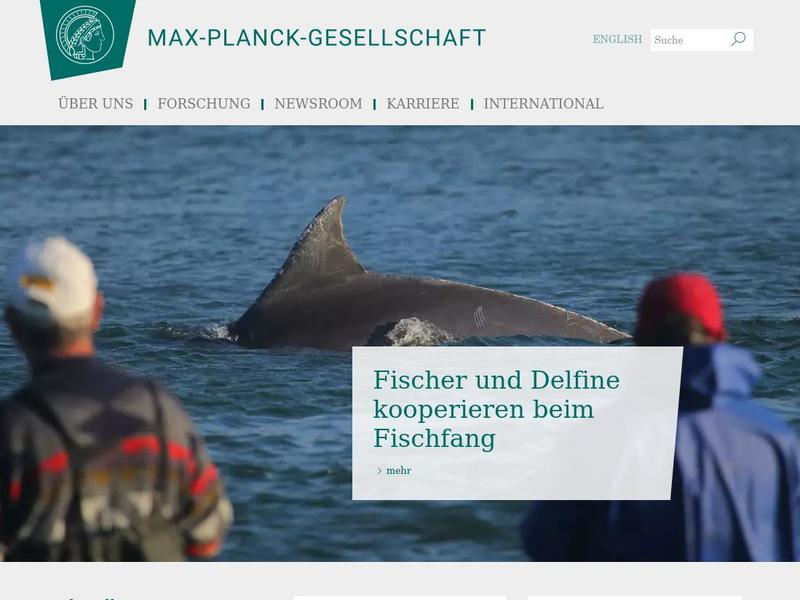MPI for Structure and Dynamics of Matter https://www.mpg.de/7067564/structure-and-dynamics-of-matter?filter=mpi_news
With the help of new radiation sources, especially the x-ray free-electron laser being built at the DESY in Hamburg, physicists and biologists at the Max Planck Institute for the Structure and Dynamics of Matter study the properties and behavior of matter.
applications is severely limited by the need for cooling to at least minus 70 degrees Celsius

